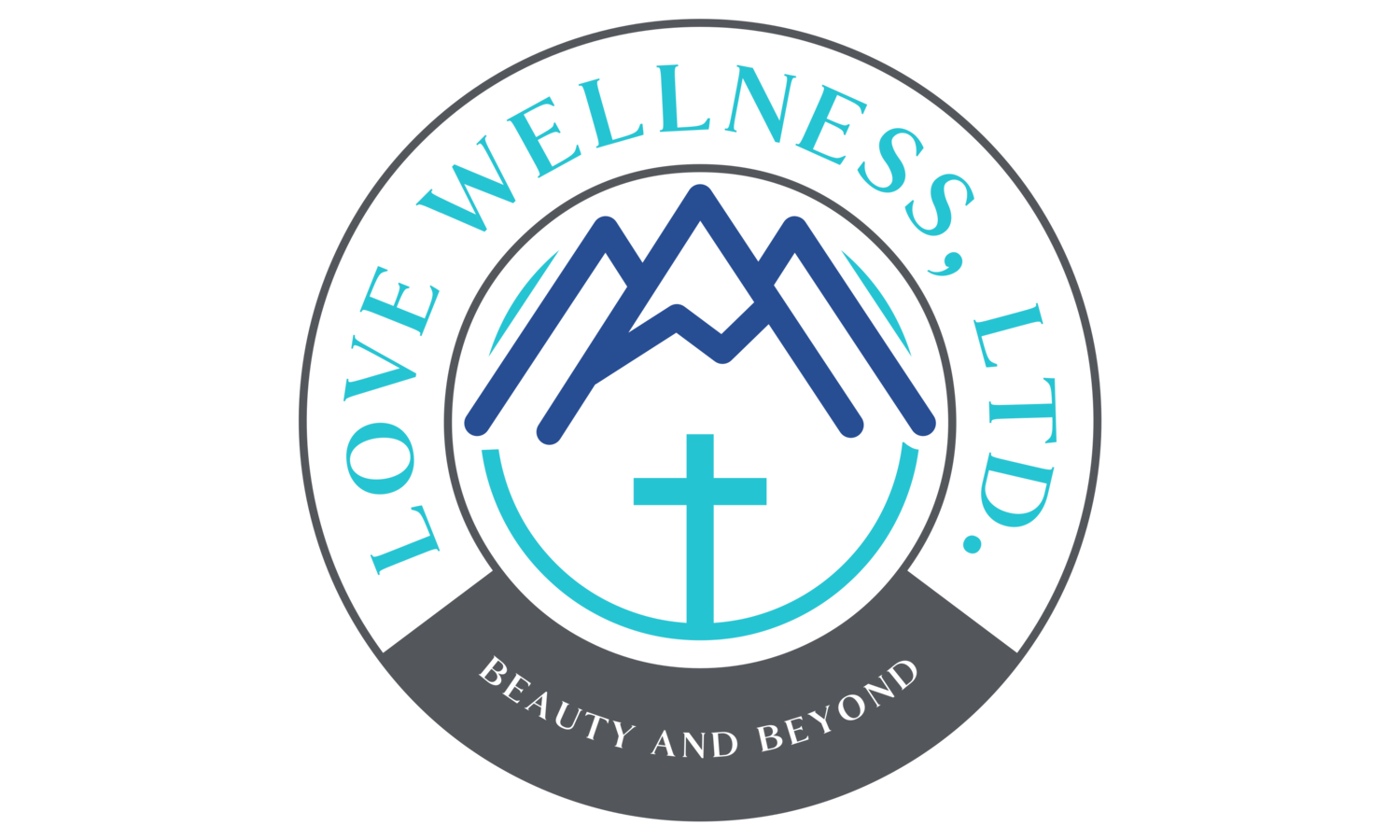Neurotoxins
(Jeuveau, XEOMIN AND BOTOX)
One way to reduce the appearance of fine lines and wrinkles is by using treatments that temporarily paralyze the muscles that cause them. This approach is often used in cosmetic procedures such as Botox injections. The treatment can help smooth out the skin and create a more youthful appearance with minimal downtime. The injection causes a disruption in the signals to the muscle which results in muscle relaxation and reduction in wrinkles. With long-term use, it can help keep deeper wrinkles from forming.
Price includes initial consultation and a 2 week follow up. Additional units may be given at that time.
* Additional cost will be charged at that time.
-
Do not drink Alcohol or coffee within 24 hours of injection
Arrive with cleansed face and neck.
Do not take any NSAIDs such as: Aspirin, Ibuprofen, Motrin, Aleve, Advil, etc.
Stop topical treatments such as: Retinoid Therapy, Exfoliants, acids and drying treatments such as: alpha hydroxyl acid (AHA), beta hydroxyl acids (BHA)
-
Do not massage the treatment area, including facials
Contract the treated muscles (frown and scowl) for 90 minutes to 2 hours.
After the injections, avoid lying down for 2-4 hours.
If bruising is a concern, avoid taking non-essential aspirin or related products, such as ibuprofen (eg, Advil) or naproxen (eg, Aleve) if possible after the procedure to keep bruising to a minimum
Avoid bending, flying, or exposure to heat for 2 hours after treatment.
**Doing this may help reduce unwanted diffusion -
Results will be evident within 3-14 days.
-
This is personal preference. Injection intervals no more frequent than every 3 months.
-
The most common side effects include:
pain and redness where the medicine was injected
pain in the face
headacheOther side effects include: respiratory infection
flu syndrome
temporary eyelid droop
nausea
muscle weakness -
Those diagnosed with
amyotrophic lateral sclerosis (ALS)
myasthenia gravis
Lambert-Eaton syndrome -
No

